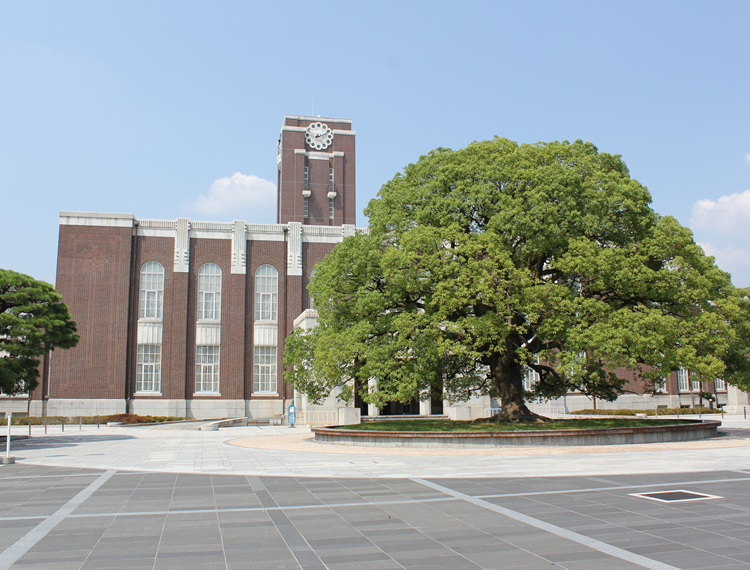The helix is ubiquitous in nature, and one of the prevalent structural motifs for biological polymers, playing key roles in their sophisticated functions. Professor Yashima showed unique polymers consisting of preferred-handed helical conformation induced by chiral dopants. Generally, the polymer lost preferred-handed helical structure when the chiral dopant was removed from the system. He showed novel helical polymer which remain the preferred-handed helical structure even after removal chiral dopant using specific poly acetylene with well-established side chains. This memory effect can be utilized for production of separation materials for chiral chemicals and drugs.
Prof. Yashima summarized helicity induction and memory strategy which has a remarkable advantage from a practical viewpoint. Various examples on the direct observations of helical structures of synthetic helical polymers by atomic force microscopy (AFM) was presented. A series of double and/or multi helices composed of different components and sequences that exhibit specific functions, such as chiral recognition and anisotropic spring-like motion was also introduced with very impressive images.
